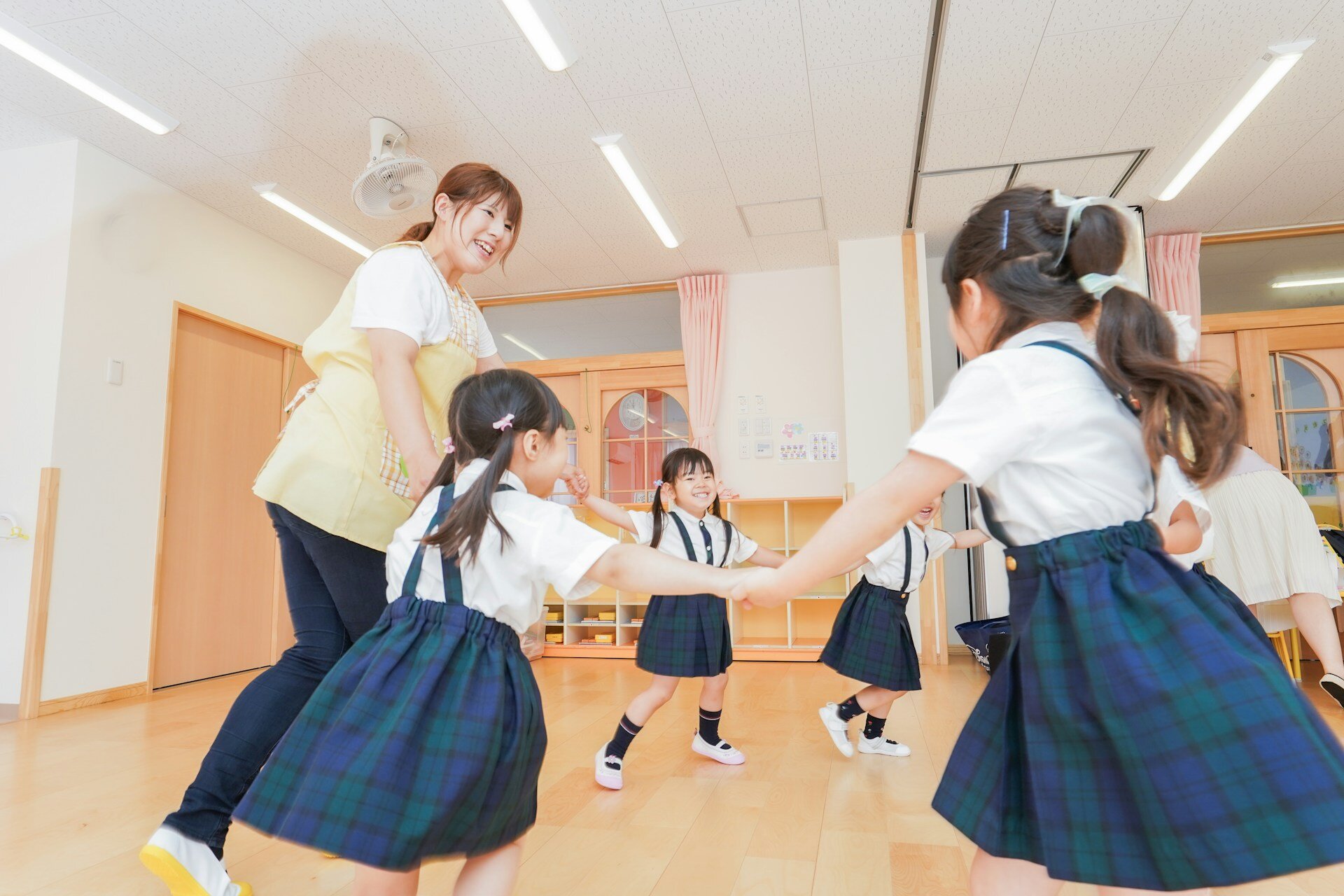Dance, as a form of creative movement, serves as an activity for building strength in young children. Not just girls but also boys can learn various dance forms at an early age. Integrating dance into early childhood education offers numerous physical, emotional, and cognitive benefits that contribute to overall development. Unlike traditional physical education activities, dance combines rhythmic movement with artistic expression, making it an enjoyable way for children to enhance their physical capabilities. The flexible and changing nature of dance helps build strength in many areas, including rhythm, balance, and different muscle groups. Kids develop a better understanding of their bodies and moves as they try out different dance styles and forms. Learn about these six ways that dance helps young children get stronger, showing how it has many effects on their physical growth.
Learning to dance has several clear advantages, such as a lower risk of obesity, improved cardiovascular health (lower blood pressure and cholesterol levels), and a more well-rounded way of life overall. Kids who are involved in the arts are less likely to be stationary which means they're less likely to have health issues later in life, according to clinically significant findings. Children are more likely to acquire health problems, such obesity, if they spend more than two hours each day engaging in screen-related activities.
Muscle Development

Dance involves a wide range of movements that engage multiple muscle groups simultaneously. Movements such as jumping, making turns, and lifting legs and hands require the use of leg muscles, while arm movements and balancing poses engage the core and upper body muscles. Regular dancing helps to tone and strengthen these muscles, promoting overall muscular development. For example, ballet dance form emphasizes precision and control, strengthens the legs, core, and back muscles. Similarly, contemporary dance, with its flowy and expressive movements, enhances flexibility and strength across various muscle groups. Thus, different muscles ensure balanced development, reducing the risk of muscular imbalances and related injuries.
Improved Balance and Coordination

Dance requires precise movements and coordination, which are important for maintaining balance. As children practice different dance steps and sequences, they develop better awareness and control over their bodies. This improved coordination translates into enhanced balance, which is a fundamental aspect of physical strength. For example, balancing on one foot in ballet or executing a spin in jazz dance challenges the body to maintain stability and equilibrium. These movements strengthen the stabilizing muscles around the ankles, knees, and core, contributing to overall physical stability and strength. Improved balance and coordination not only aid in dance but also in other physical activities and daily movements.
Cardiovascular Endurance
Dance routines, especially those that involve continuous movement and high energy, significantly contribute to cardiovascular endurance. Engaging in dance sessions increases heart rate and promotes cardiovascular health, which is essential for sustaining physical strength and stamina. Aerobic dance forms, such as hip-hop or Zumba, provide vigorous workouts that enhance cardiovascular stamina and improve overall fitness levels. As children build their cardiovascular power through dance, they develop the capacity to perform physical activities for extended periods without fatigue, which is important for maintaining strength and energy levels throughout the day.
More Flexibility

Flexibility is a key component of physical strength, and dance is particularly effective in promoting flexibility in young children. Many dance styles incorporate stretching movements that improve the range of motion in joints and muscles. Regular stretching exercises in dance help to elongate muscles and increase joint flexibility, reducing the risk of injuries and enhancing overall strength. More flexibility ensures that children can move more freely and efficiently, contributing to better physical performance and strength.
Core Strength
The core muscles, which include the abdominal, back, and pelvic muscles, are important for maintaining stability and strength in the body. Dance, with its various movements and positions, effectively targets the core muscles. Movements that involve bending, twisting, and holding poses require significant core engagement. A strong core not only improves overall strength but also enhances posture, balance, and coordination. Strengthening the core through dance also helps create a stable and strong base for all physical activities.
Bone Health
Weight-lifting activities in dance, such as jumping and hopping, are beneficial for bone health. These activities encourage bone growth and increase bone density, which is essential for developing strong and healthy bones. The impact forces generated during dance movements encourage the bones to become denser and stronger. For young children, whose bones are still developing, engaging in dance can significantly contribute to building robust skeletal structures. Strong bones are vital for overall strength and resilience, reducing the risk of fractures and osteoporosis in later life.
Deepali is a senior food and wellness writer with over a decade of experience in top media houses, crafting engaging narratives. She is a professional home baker and loves exploring food from every corner of the world to reading cookbooks. She believes a healthy lifestyle is a combination of both mental and physical fitness. Her goal always remains to keep moving, eating seasonal and practicing gratitude.
The views expressed are that of the expert alone.
The information provided in this content is for informational purposes only and should not be considered a substitute for professional medical advice, diagnosis, or treatment. Always seek the advice of your physician or another qualified healthcare provider before making any significant changes to your diet, exercise, or medication routines.
















